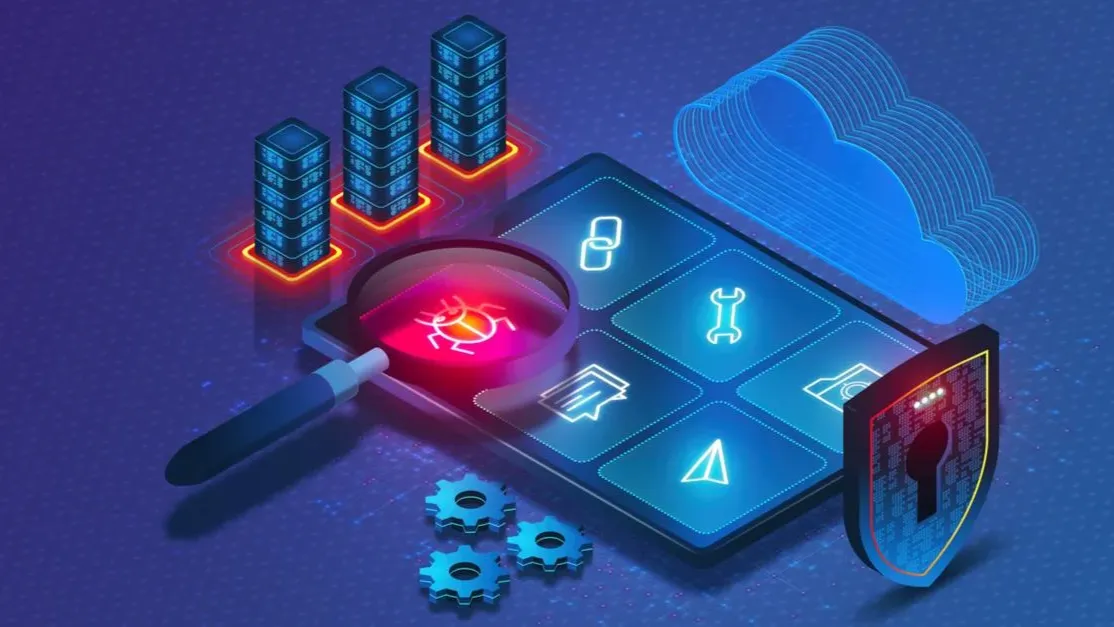In the digital age, a malfunctioning web browser can feel like a severed connection to the world. Among the myriad of technical glitches users face, one particularly perplexing error has surfaced in support forums and help threads: the mozillod5.2f5 loading issues. This specific error code doesn’t point to a commonplace problem; instead, it acts as a cryptic beacon indicating a deeper, more systemic failure within the browser’s ecosystem. For users experiencing this, the result is universal—a browser that refuses to start, hangs on a blank screen, or crashes immediately upon launch. This article will dissect the potential causes behind this obscure error and provide a comprehensive, step-by-step guide to diagnosing and resolving it, restoring your access to the web.
Understanding the Mozillod5.2f5 Phenomenon
The first step toward a solution is understanding what you’re dealing with. “mozillod5.2f5” is not a standard version number for the publicly available Mozilla Firefox browser. Its unusual structure suggests it could be one of several things:
- An Internal Process or Module: It may refer to a specific, non-public component of the browser’s engine, possibly related to how it handles certain types of content or media.
- A Legacy or Embedded Build Identifier: Some software applications embed a customized version of a browser engine (like Firefox’s Gecko) to display content within their own interface. The “d5.2f5” could be a version marker for one of these integrated components that has become corrupted or incompatible.
- A Symptom of Profile Corruption: The string could appear in error logs when the user’s profile—the folder containing all personal data like settings, extensions, and bookmarks—becomes damaged. The browser tries to load this corrupted data, fails, and throws an ambiguous error.
- A Sign of Software Conflict: Often, the root cause is not the browser itself but another program interfering with its operation. This can include outdated graphics drivers, overzealous security software, remnants of old VPNs, or incompatible system utilities.
The loading issues are the core symptom: the process that initializes the browser window is failing catastrophically before the user interface can even be drawn on the screen.
A Methodical Approach to Troubleshooting
Resolving the mozillod5.2f5 loading issues requires a systematic approach. Follow these steps in order, as each subsequent method is more comprehensive than the last.
1. The Foundation: Basic Checks
Before delving into complex solutions, always start with the basics. These simple actions can resolve a surprising number of issues.
- Restart Your Computer: A full reboot clears the system’s memory (RAM) and terminates any lingering processes that might be conflicting with Firefox.
- Check for Browser Updates: If you can get the browser to open, even momentarily, immediately go to Menu > Help > About Firefox. It will automatically check for and install updates. Critical bug fixes in these updates often resolve obscure loading errors.
- Verify System Compatibility: Ensure your operating system (Windows, macOS, Linux) is still supported by the version of Firefox you are trying to run.
2. Diagnostic Mode: Isolate the Problem with Safe Mode
Firefox Safe Mode is a powerful diagnostic tool. It runs the browser without any extensions, themes, or custom hardware acceleration enabled.
- How to Access It: Close Firefox completely. Hold down the
Shiftkey while you double-click the Firefox icon to launch it. A window will appear; select “Start in Safe Mode.” - Interpreting the Result:
- If Firefox loads successfully in Safe Mode, the problem is caused by an add-on, theme, or plugin. You can then navigate to your Add-ons Manager (
Ctrl+Shift+A) and disable your extensions one by one to identify the culprit. - If the mozillod5.2f5 loading issues persist in Safe Mode, the problem is more severe, likely related to your core browser files or user profile.
- If Firefox loads successfully in Safe Mode, the problem is caused by an add-on, theme, or plugin. You can then navigate to your Add-ons Manager (
3. The Soft Reset: Refreshing Firefox
If Safe Mode worked, a “Refresh” is your most efficient next step. This feature restores Firefox to its default state while preserving your essential information like bookmarks, passwords, and history. It only removes extensions, themes, and resets preferences.
- How to Do It: From the Safe Mode window, or if you can access the menu, navigate to Menu > Help > Troubleshooting Information. On the page that opens, click the “Refresh Firefox…” button and confirm your choice. This is a non-destructive and highly effective solution for profile-related corruption.
4. Profile-Specific Surgery: Creating a New Profile
Your user profile is the heart of your browser experience. If it’s corrupted, a new one is needed.
- Accessing Profile Manager: Type
about:profilesinto the address bar and press Enter. - Create and Test: Click “Create a New Profile,” follow the prompts, and then click “Launch profile in new browser.” If this new, clean profile opens without any mozillod5.2f5 loading issues, you have confirmed the diagnosis. You can set this as your default profile and manually import your bookmarks and passwords from your old data.
5. The Nuclear Option: A Clean Reinstallation
When all other avenues are exhausted, a complete wipe and fresh install is the definitive solution. This is a limited time investment for a guaranteed fresh start.
- Step 1: Backup. Export your bookmarks (Library > Bookmarks > Manage Bookmarks > Import and Backup > Backup) and ensure your passwords are synced to a Firefox Account.
- Step 2: Uninstall. Use your operating system’s standard method to uninstall Firefox.
- Step 3: Delete Residual Files. This is the most critical step. After uninstalling, manually navigate to and delete the Firefox program folder (e.g.,
C:\Program Files\Mozilla Firefox\on Windows) and your old profile folder (its location is displayed inabout:profiles). - Step 4: Reinstall. Download the latest version directly from Mozilla.org and install it. This guarantees no corrupted old files are interfering with the new installation.
Advanced Investigations: Looking Beyond the Browser
If the problem persists even after a clean install, the cause is external.
- Security Software: Temporarily disable your antivirus or firewall software and try launching Firefox. If it works, you need to add Firefox to your security software’s allowlist.
- Graphics Drivers: Outdated GPU drivers are a common cause of software crashes. Visit your graphics card manufacturer’s website (NVIDIA, AMD, Intel) to download and install the latest drivers.
- System File Check: On Windows, open Command Prompt as Administrator and run
sfc /scannow. This will scan for and repair corrupted system files that could be affecting all applications, including Firefox.
Conclusion: From Frustration to Resolution
The mozillod5.2f5 loading issues are a classic example of a confusing symptom with a logical, fixable cause. By moving through a structured troubleshooting process—from simple reboots and Safe Mode diagnostics to the more definitive actions of profile management and clean installation—you can systematically eliminate each potential root cause. This methodical approach transforms a frustrating enigma into a solvable puzzle. Arm yourself with this knowledge, and you can confidently defeat this error and reclaim a smooth, stable browsing experience.



